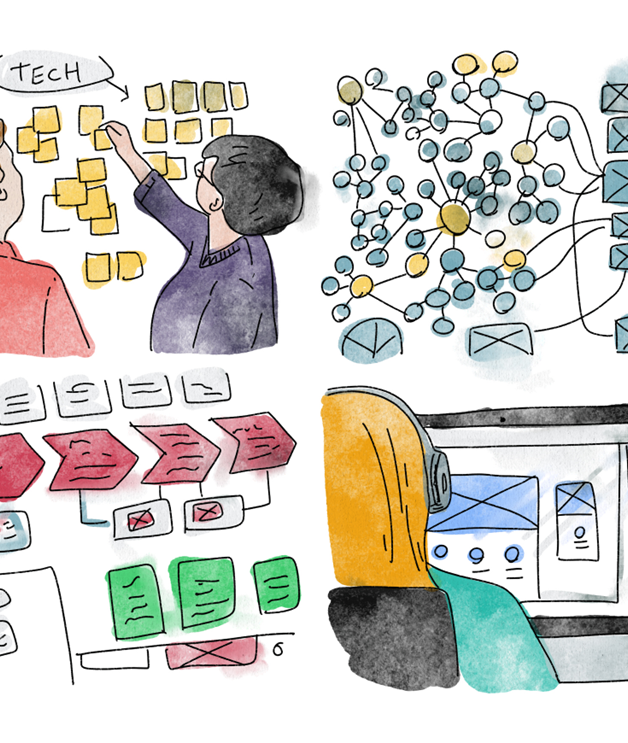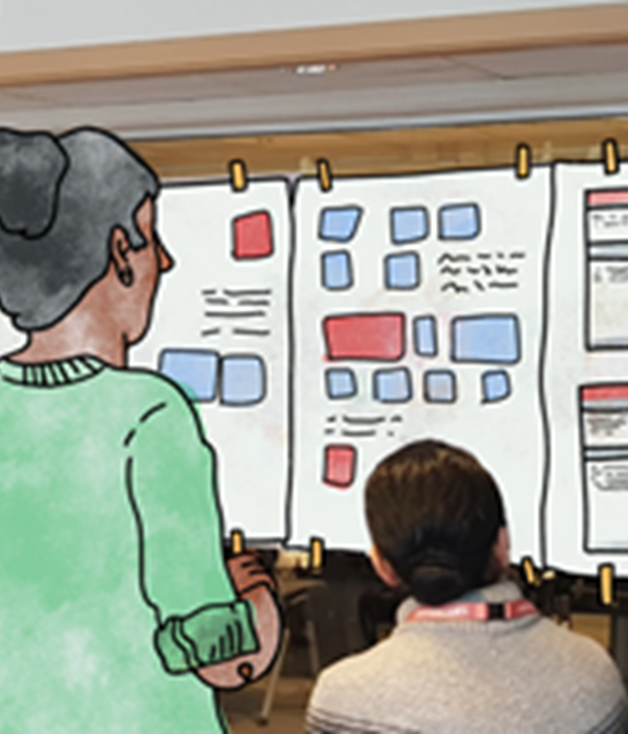
Today’s large-scale, highly complex systems, such as telecom, space, transportation and energy, depend on each other and interact in ways unimagined until recently. At the same time, the Norwegian high-tech industries face rapidly changing market needs.
The customers demand new and integrated systems that are attractive to use. The partner companies, supplying complex systems in challenging markets, must increase the effectiveness of their engineering and innovation processes. These high-tech industries search methodologies that increase their value proposition, cope with complexity, and at the same time reduce development risk. A mismatch late in the project, between unspoken stakeholder needs and the engineered solutions, normally leads to costly reworks and unattractive systems. This is a reason for why collaborative methodologies and co-creation is highly recommended. Based on the programs in Systems Engineering (AHO) and Systems eng (USN), we are building on state-of-the-art, knowledge in both human centric design and systems engineering. Large-scale complex systems are hard for people to envisage, especially before they are made. Such systems, though, have abundant data from multiple sources. Despite the high potential for increasing speed and quality of product development, these data rarely come to use. A common reason is that the industrial actors find it challenging to generate business and customer value from the myriad of digital data, initiatives, and opportunities. This project enables data-supported early decisions into a collaborative framework, use industry as laboratory in a series of cases to give cross-industry learning and cross-company validation for the new framework.
The business partners are eager to find out how to get hold of unspoken information and transfer this into useful knowledge early in systems development. When the companies open up and share data and real life cases, they get good input to revision of their Systems-Engineering (SE) work processes by extending with a set of collaborative tools and methods augmented with data-analytics. Internationally recognized academics with substantial industry experiences have given valuable input and insight both through workshops, key notes and project meeting: The project give input to make sure the processes are thoroughly tested and based on both research and best practices.


The overall objective of H-SEIF 2 has been to increase the speed of product development, develop new services in a sustainable way and increase customer satisfaction. Through this the partner companies get input to tailor their product development process and organize their people resources so that they can foresee the use of future contextual (big) data in their products. Secondly, the new SE & Innovation methods will help identify the operational challenges of future products, and to innovate service offerings.
Thirdly, the innovation will help innovation consultants to provide new and improved services in product development. The innovation will have an impact in Norwegian industries; maritime, energy, urban smart city, health tech, defense, struggling with beating the international market.
H-SEIF encourages to understanding the whole and paves the way for systems that are there for a reason, and supports UN SDG 8, 9, 11, 12 & 17.

